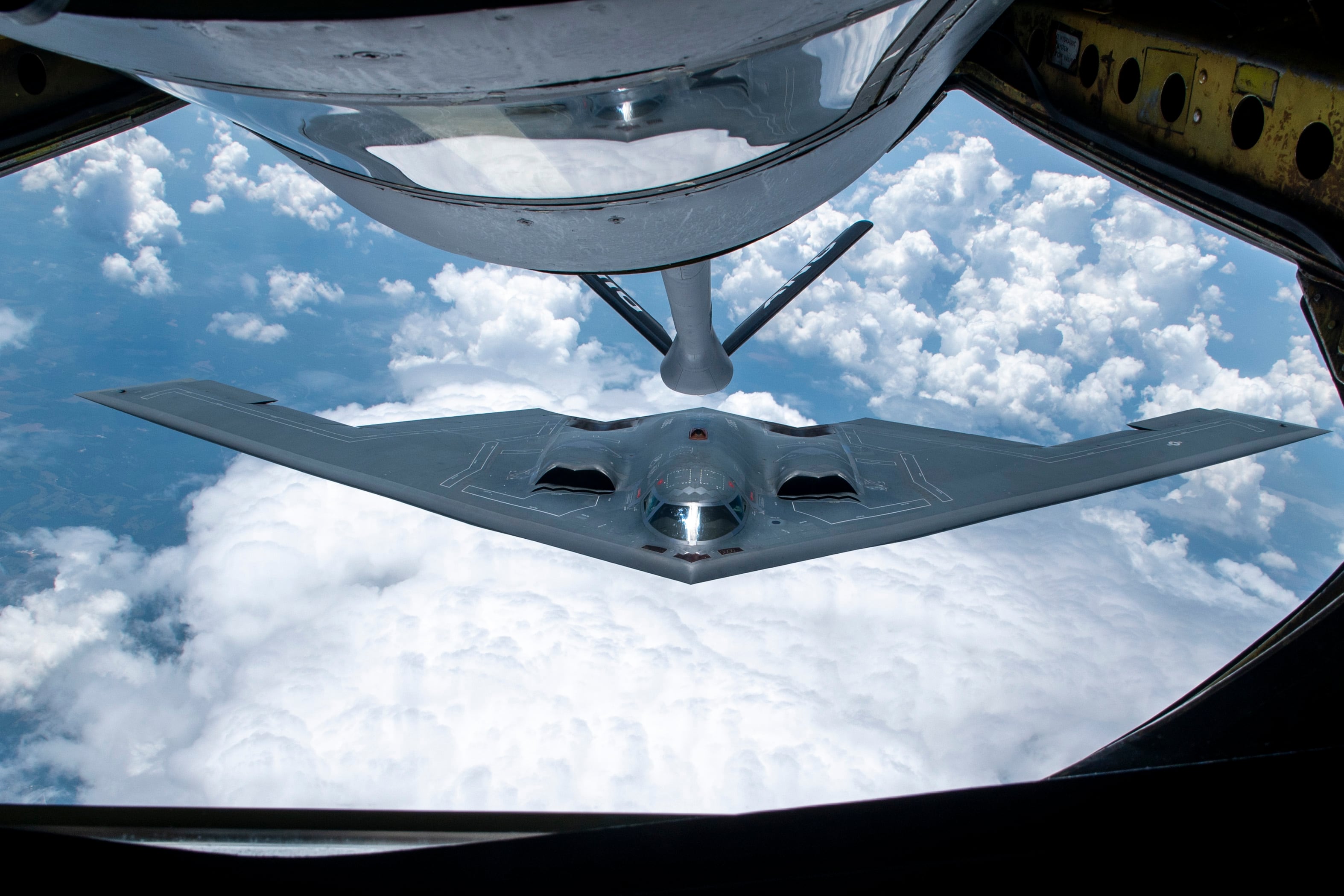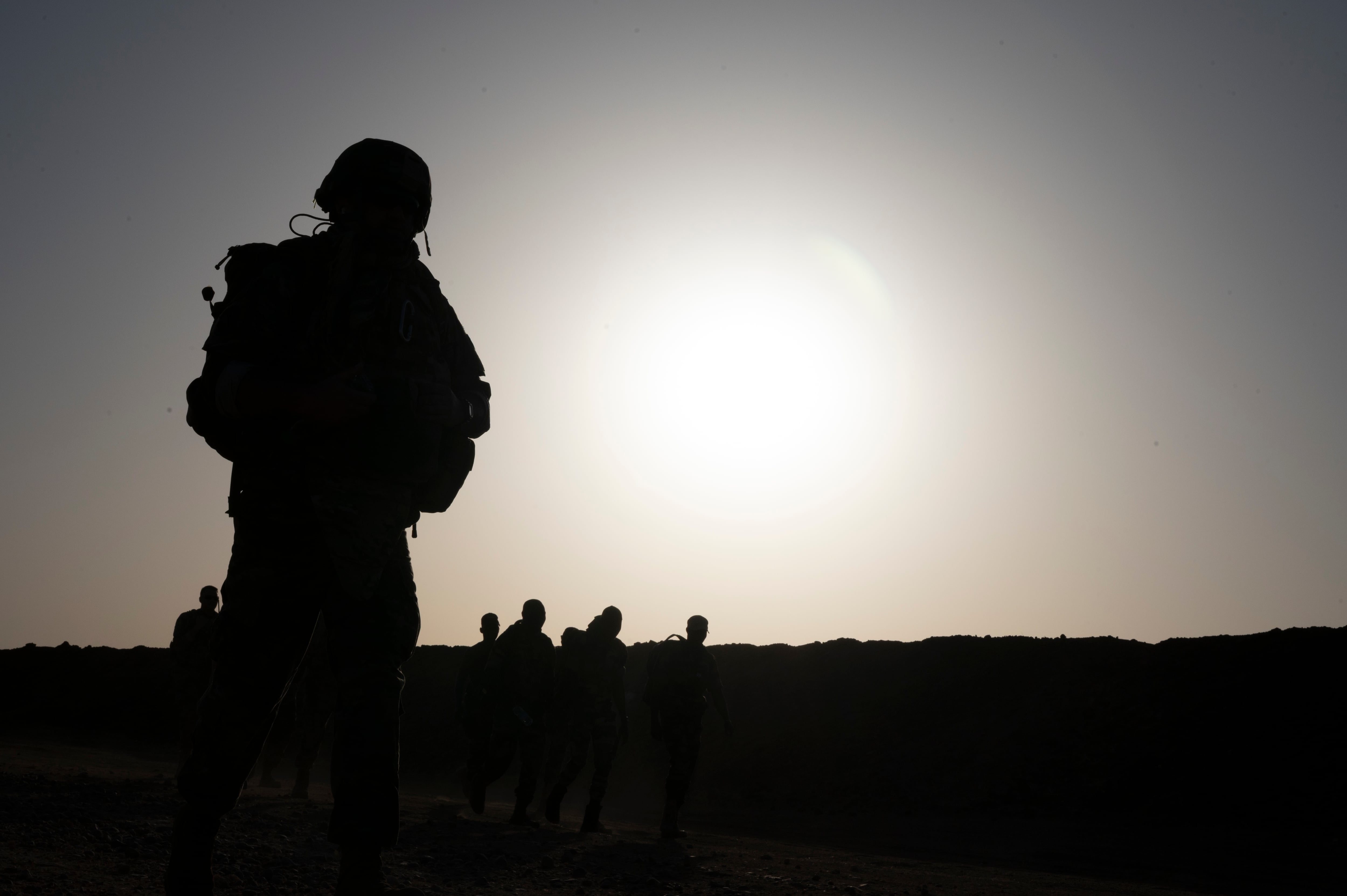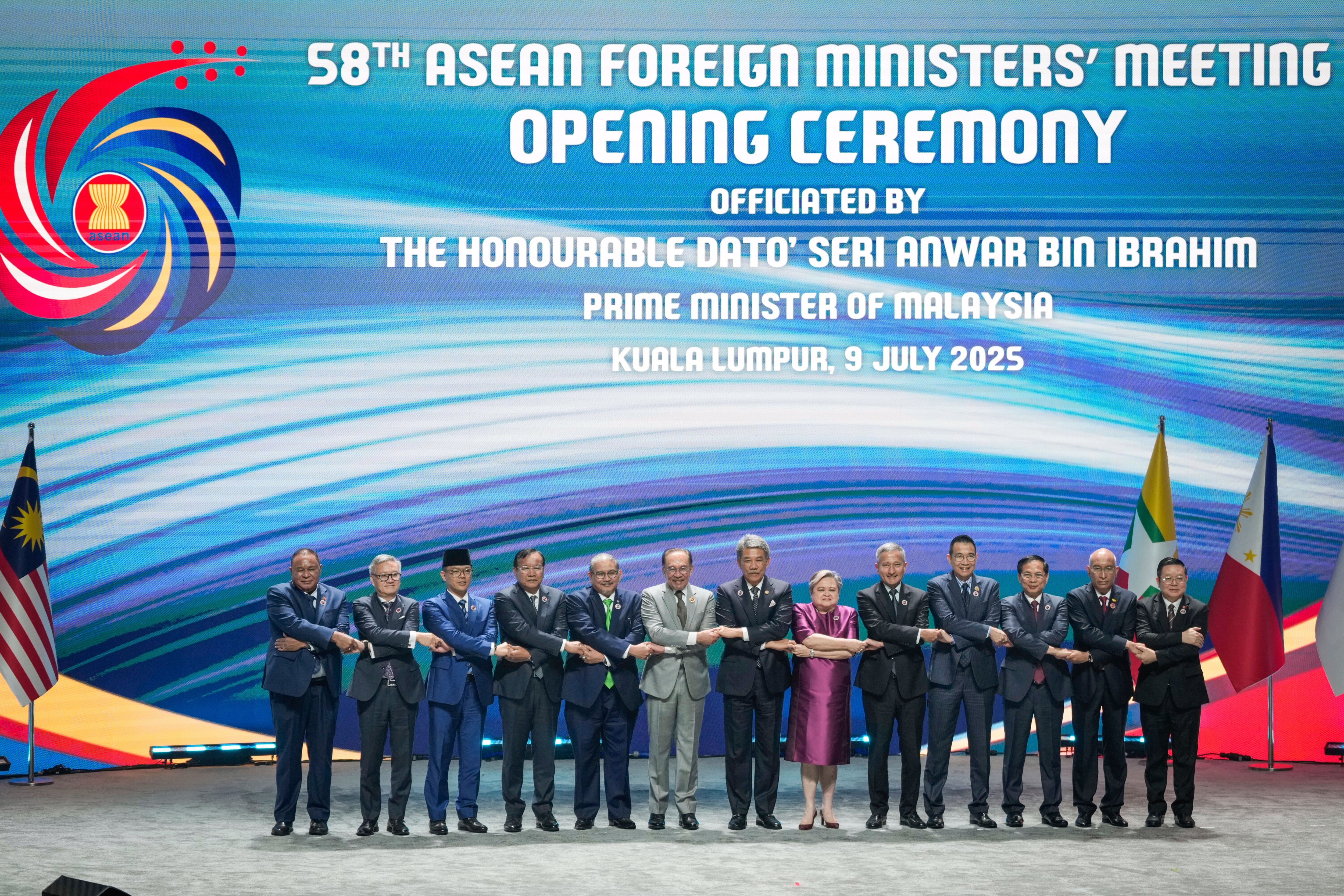

Courtney Albon
Courtney Albon is C4ISRNET’s space and emerging technology reporter. She has covered the U.S. military since 2012, with a focus on the Air Force and Space Force. During that time, she reported on some of the Defense Department’s most significant acquisition, budget and policy challenges, including the F-35 jet, hypersonic capabilities and the creation of the Space Force.
Connect
All Stories By Courtney


Behemoth Golden Dome may face lackluster scrutiny in Trump’s Pentagon
Hegseth's decision to shutter DOT&E was at least partially triggered by the office's plans to oversee Golden Dome's test plans, sources told Defense News.

Hegseth calls for extensive reforms to Pentagon drone-buying practices
The memo directs the military services to create active duty formations by September, built for the sole purpose of scaling the use of drones across DOD.
Opinion
The end of the trail for the Army’s ceremonial horse units
Opinion: For many soldiers, the Army's decision to transition away from most of its ceremonial cavalry units feels like the end of an era.

Sergeant’s quick action results in receiving Soldier’s Medal
Sgt. Robert Cruz saved a man from a burning car, resulting in Soldier’s Medal — the highest U.S. Army award for acts of heroism in a non-combat situation.

Opinion
Campaign medals are for campaigns, not small-scale operations
Opinion: The appropriate medal for troops who participated in the strikes on Iranian nuclear sites is not the one a Texas congressman recently proposed.

US resumes sending some weapons to Ukraine after Pentagon pause
The defense secretary directed the pause last week to allow DOD to assess its weapons stockpiles, in a move that caught the White House by surprise.

Navy spouse sues base officials over free speech after Facebook ban
A military spouse alleges his First Amendment rights were violated when officials banned him from the Naval Submarine Base Kings Bay’s Facebook page.

Opinion
It is time to recognize the GWOT combat service of all soldiers
Opinion: Failure to recognize soldiers who supported the wider GWOT operations is willful disrespect.

Trump’s tariffs may overshadow Rubio’s first official trip to Asia
Rubio is visiting Malaysia as the U.S. seeks to boost relations with Indo-Pacific nations to counter China’s growing influence in the region.

Army major faced retaliation for advocacy on water contamination
The officer is now part of a lawsuit representing active duty servicemembers subject to the water contamination.



